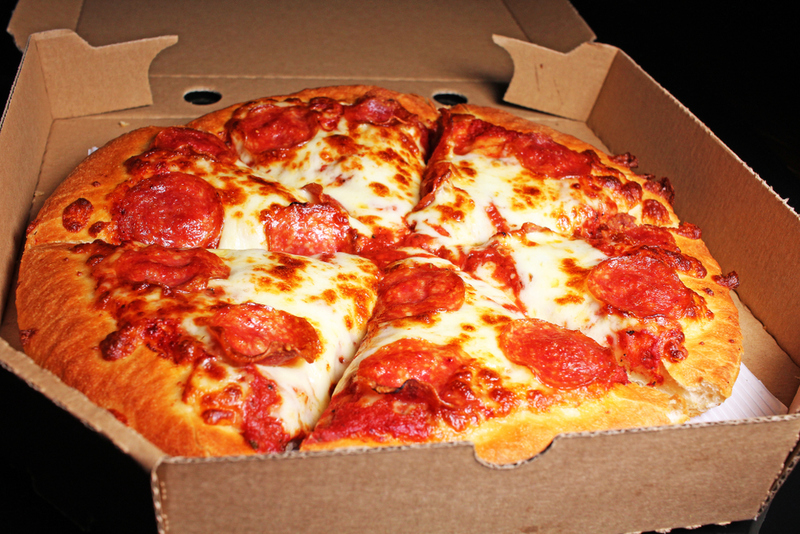Italian Dressing

It can be quite satisfying to dip warm, crusty bread into a bowl of herbaceous, salted olive oil, but don’t confuse this American habit with Italians. In Italy, it’s customary to wait until your meal arrives, and then use the bread to move food onto your fork or to sop up any remaining sauces. And speaking of olive oil, that’s all Italians use on their salads, along with a little vinegar. You won’t find “Italian” dressing on offer unless you’re in America. Have you been adding oil and herbs to your pasta water while it cooks? You may want to stop. Simple salt and water works just as well, according to Dapiero Ristorante, and are healthier. Other pervasive pasta myths include throwing pasta at the wall to see if it’s done, and rinsing your pasta in cold water, which ends up rinsing off the starch that’s needed to help sauces stick. When in doubt, take the easy route. Just boil your pasta with a little salt, and strain it.
Pepperoni pizza

Once considered a poor person’s food in Italy, pizza was brought to America by Italian immigrants. Businesses developed pizza recipes designed to replicate Italian flavors cheaply and quickly for the new wave of factory workers in growing cities like New Haven, Boston, and New York. The well-known Lombardi’s in NYC still makes Neopolitan-style pies today. While pizza certainly still exists in Italy, it’s not quite the Americanized version we enjoy here in the States. Pizza in Italy is a more straightforward affair that’s lighter on the cheese and toppings. Italian pizza is served in convenience markets and bars and is meant to be a quick snack. Pepperoni, which is an American invention, is nowhere to be found in Italy. Besides, if you did request it, you’d likely get Italian pepperoni — which is bell peppers.